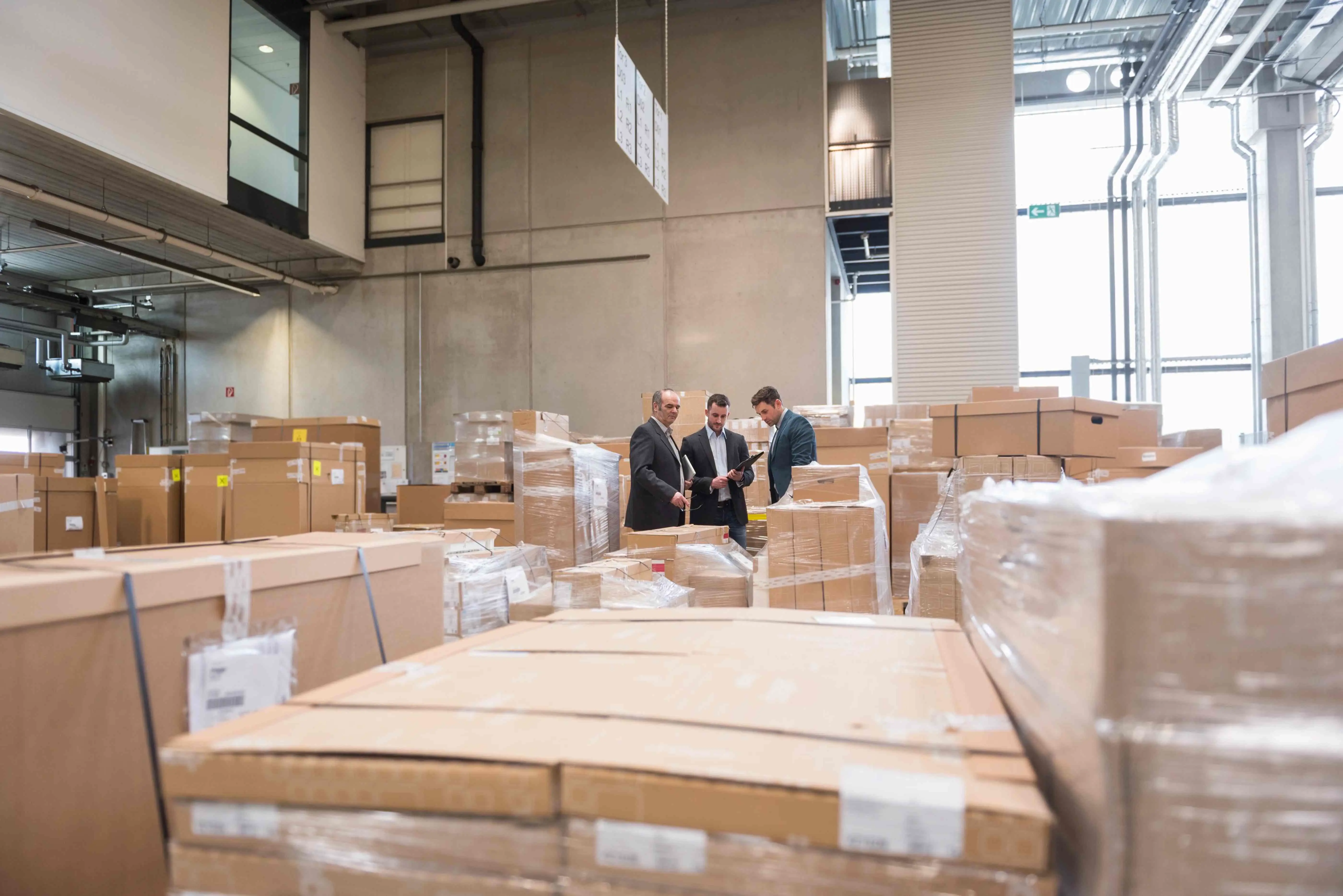Proven Strategies to Cut Supply Chain Costs in 2025

Cutting supply chain costs will be very important in 2025. Global problems will keep making things hard for businesses. Companies with good supply chains earn 79% more money. But problems can take away almost 45% of profits each year. Handling data well is key but can be expensive. You need smart ideas to manage cost, strength, and being eco-friendly.
Key Takeaways
Knowing supply chain costs is very important. Look at buying, shipping, and storage to save money.
Use AI and machines to work faster. These tools can guess needs and cut down waste.
Work well with suppliers. Teamwork helps get better prices and good products.
Key Parts of Supply Chain Costs
Knowing the main parts of supply chain costs is important. Each part affects how well and how profitably a supply chain works.
Buying and Supplier Costs
Buying is more than just getting goods. It means working with suppliers and following contracts. Watching things like cost savings and purchase price variance shows where to improve. For example:
Cost Savings: Check savings from contracts by looking at bills.
Purchase Price Variance: Study the cost of each order to find ways to automate.
Using approved contracts gives better prices and lowers risks. Checking spending with different suppliers also helps with new ideas and being socially responsible.
Shipping and Delivery Costs
Shipping and delivery costs affect your supply chain a lot. Things like how far, how heavy, and fuel prices change costs. For example:
Heavier loads cost more because they need extra care.
Busy seasons make shipping prices go up.
Planning better routes and combining shipments saves money and keeps things running smoothly.
Stock and Storage Costs
Managing stock means having enough without having too much. Bad stock management can lose $1.1 trillion worldwide every year. Storage costs, like space and money, are 3-12%. Flexible storage options, like JUSDA’s, help avoid money problems and work better.
Tech and Running Costs
Tech helps cut costs in today’s supply chains. Automated systems lower storage costs by 20% and boost turnover by 30%. Real-time data finds problems and makes delivery faster. Companies like Walmart use demand predictions to keep the right stock, avoiding too much or too little. Spending on tech saves money and improves how things work over time.
Proven Supply Chain Strategies to Save Money
Using AI and Automation to Work Better
AI and automation make supply chains faster and cheaper. Amazon uses AI to deliver on time and save money. Siemens uses AI to fix machines before they break, saving costs. Adding AI to your supply chain helps you plan better and avoid waste. For example, AI predicts what products you need, so you don’t overstock or run out. Automation handles boring tasks, so your team can focus on big ideas.
Improving Transport with JUSDA
Good transport saves money in supply chains. JUSDA uses smart tools to plan better routes and combine shipments. This cuts costs and ensures deliveries are on time. Deere & Company saved money by changing their delivery system. JUSDA’s JusLink tool tracks shipments live, so you avoid delays. These tools help you build a cost-saving supply chain.
Working Closely with Suppliers
Strong supplier relationships save money. Walmart works with suppliers to get better deals. Share plans and goals with suppliers to work better together. Check things like delivery times and product quality to pick the best partners. Choosing good suppliers also helps meet eco-friendly goals. This saves money and makes your supply chain stronger.
Going Green to Save Money
Being eco-friendly is important and saves money too. Using green transport and recycling lowers costs and helps the planet. Reusing materials and saving energy cuts bills. Tech-based supply chains reduce waste and use resources wisely. Green strategies save money over time and help the environment.
Managing Inventory with JUSDA’s Help
Good inventory management saves money. JUSDA uses tech like RFID to track stock better. JusLink shows real-time stock levels to avoid overstocking. JUSDA also offers special services for different industries. Managing inventory well cuts storage costs and improves supply chain performance.
Practical Examples of Supply Chain Transformation

Case study: AI-driven demand forecasting for inventory optimization
AI has changed how companies manage inventory. It makes predictions better and saves money. Businesses like OFM and Daka use AI to plan stock needs. OFM made forecasts 29% more accurate. Daka cut extra stock by 47%. AI studies sales data to guess future demand. Machine learning adjusts stock levels to avoid waste. SupChains and DragonRitter also reduced forecast mistakes by 25%. They lowered extra inventory by 40%. Using AI helps you manage stock better and save money.
Example: Reducing transportation costs through route optimization
Planning better routes lowers shipping costs. Smart tools check product size, weight, and truck space. This helps fit more items in fewer trips. Companies also use electric trucks to cut pollution and get tax benefits. Deere & Company saved a lot by combining shipments and planning routes. These ideas save money and make deliveries faster. Smarter routes use less fuel and improve timing.
Case study: Supplier collaboration for cost-effective sourcing
Good supplier teamwork helps save money. Tools like the Supplier Collaboration Index measure partnerships. Harley-Davidson worked with suppliers and cut stock by 75%. They also boosted work speed by 80%. Sharing plans with suppliers improves products and lowers costs. Working together builds a strong supply chain that balances cost and quality.
Example: Circular economy practices for sustainable supply chain management
Reusing and recycling materials saves money and reduces waste. Circular economy ideas make supply chains eco-friendly. Companies using these ideas build better ties with retailers. This approach makes supply chains flexible and efficient. Focusing on green practices saves money and helps the planet. It also improves long-term business success.
Measuring Success in Supply Chain Cost Reduction
Key performance indicators (KPIs) for supply chain management
Tracking KPIs helps measure how well your supply chain works. Focus on numbers that show savings and better operations. Here are some important KPIs:
Cash to Cash Cycle Time: Shows how fast inventory turns into sales money.
Perfect Order Rate: Measures orders delivered without mistakes.
Fill Rate: Checks how well you meet customer needs on time.
Customer Order Cycle Time: Tracks how long it takes to complete orders.
Inventory Days of Supply: Tells how long your stock will last with current sales.
Inventory Turnover: Shows how often you sell and replace stock.
These KPIs help you see how efficient your supply chain is and where to improve.
Tools and platforms for monitoring supply chain efficiency
Modern tools make managing supply chains easier with real-time updates. JUSDA’s JusLink uses AI to track shipments, manage stock, and plan routes. These tools improve visibility and make work smoother.
Platforms that combine data from ERP, TMS, and WMS systems help decisions. They track shipping costs, storage costs, and supplier spending. Using these tools keeps your supply chain ready for future changes.
Continuous improvement through audits and feedback loops
Improving all the time helps you stay ahead. Methods like Kaizen and PDCA (Plan-Do-Check-Act) encourage learning and new ideas. For example, a company used PDCA to fix warehouse steps, saving time and money.
Audits and feedback loops are also important. Schnellecke Logistics used over 18,000 reports to improve tracking and follow rules. This keeps your supply chain efficient and up to industry standards.
By involving workers in small changes, you can cut waste and improve quality. These steps save money and make your supply chain stronger for the future.

JUSDA Solutions
To provide you with professional solutions and quotations.
Smart plans will shape supply chains in 2025. Good leaders and skilled teams build flexible systems for problems. Using tech and teamwork can lower costs by 25%. Green choices reduce pollution by 40%. Tools like JUSDA make supply chains strong and efficient. Begin improving your supply chain now!
See Also
Understanding Supply Chain Costs: Strategies for Optimization
Five Key Trends Shaping Future Supply Chain Efficiency
Discover Five Cutting-Edge Techniques for Supply Chain Optimization
